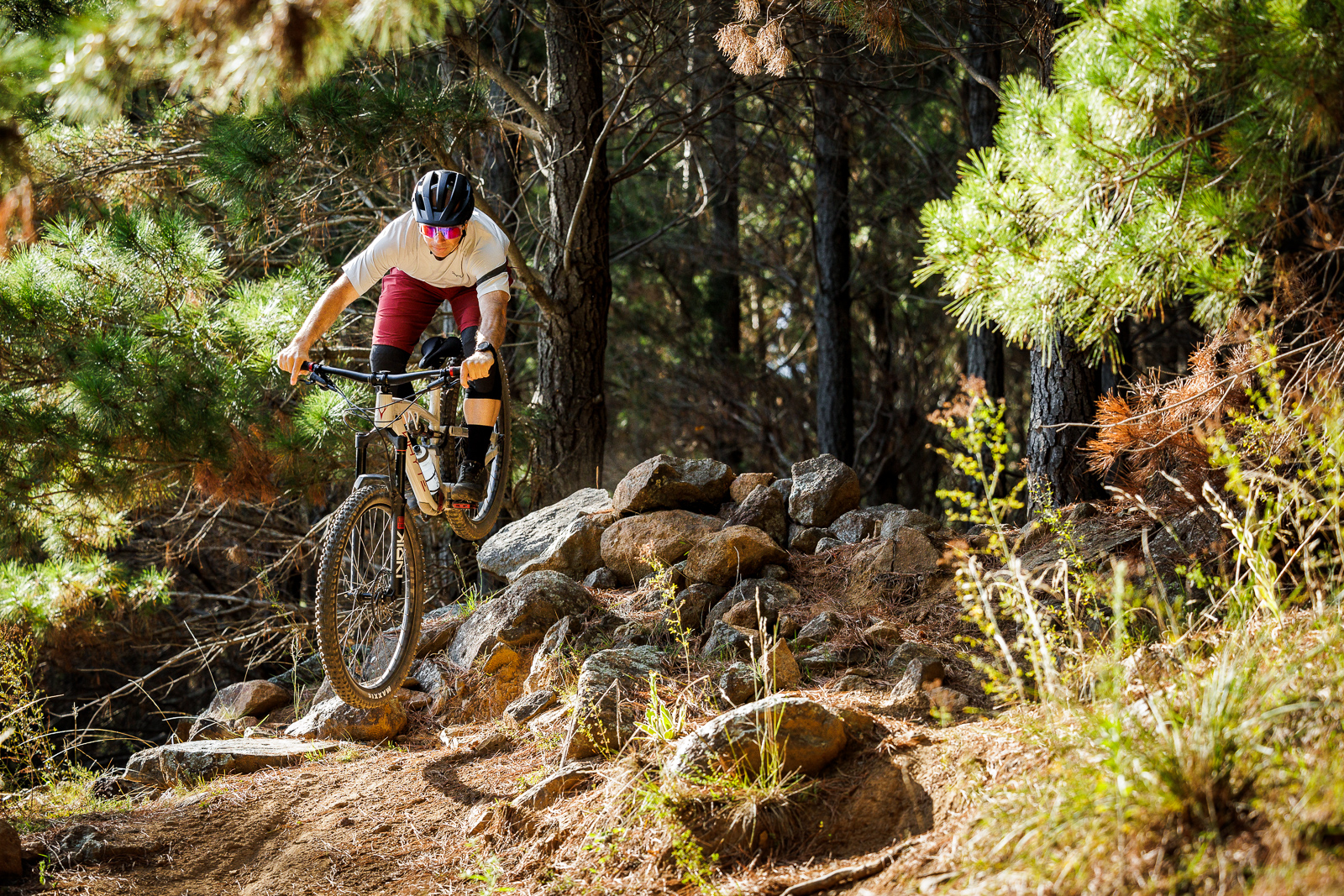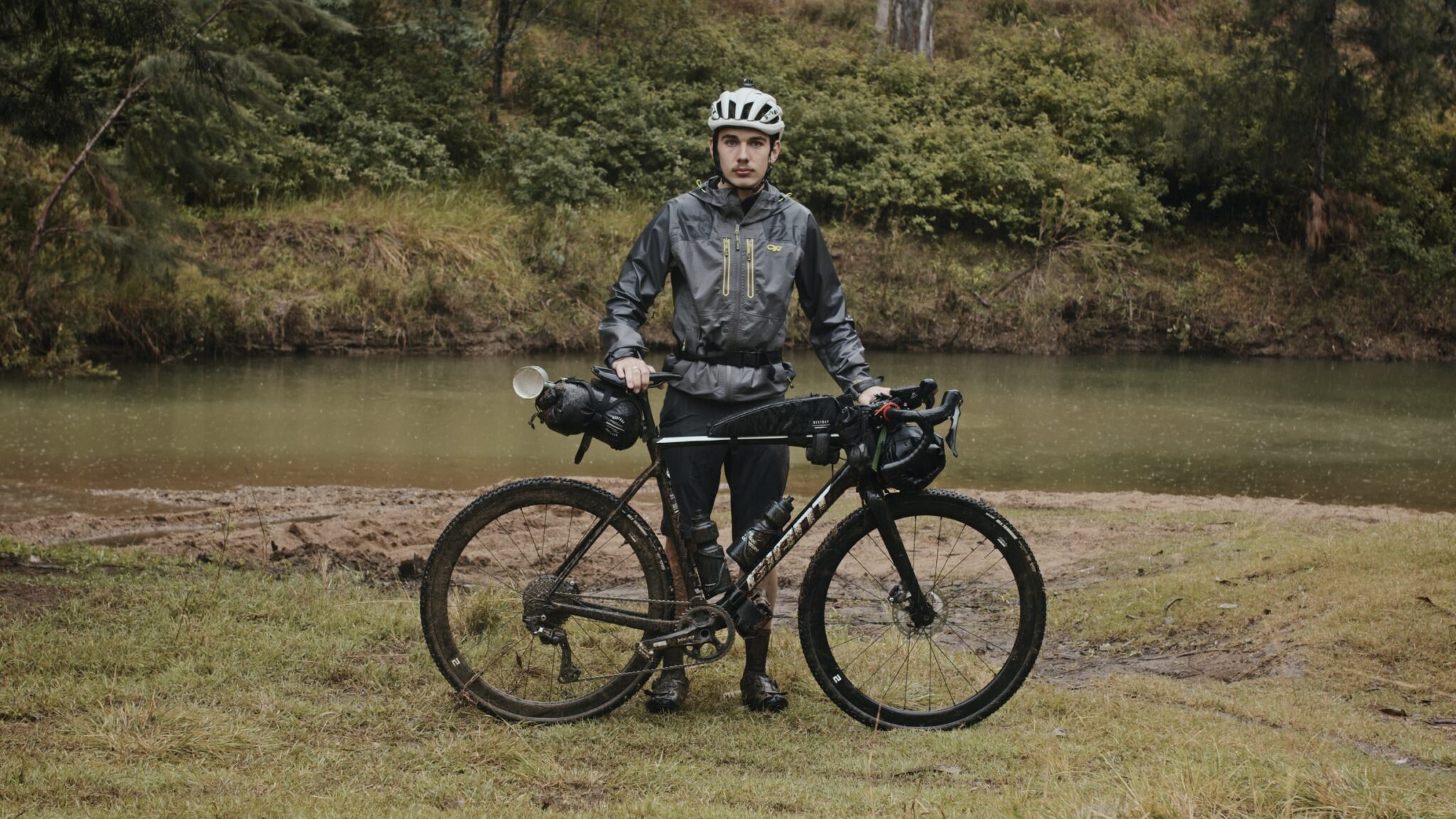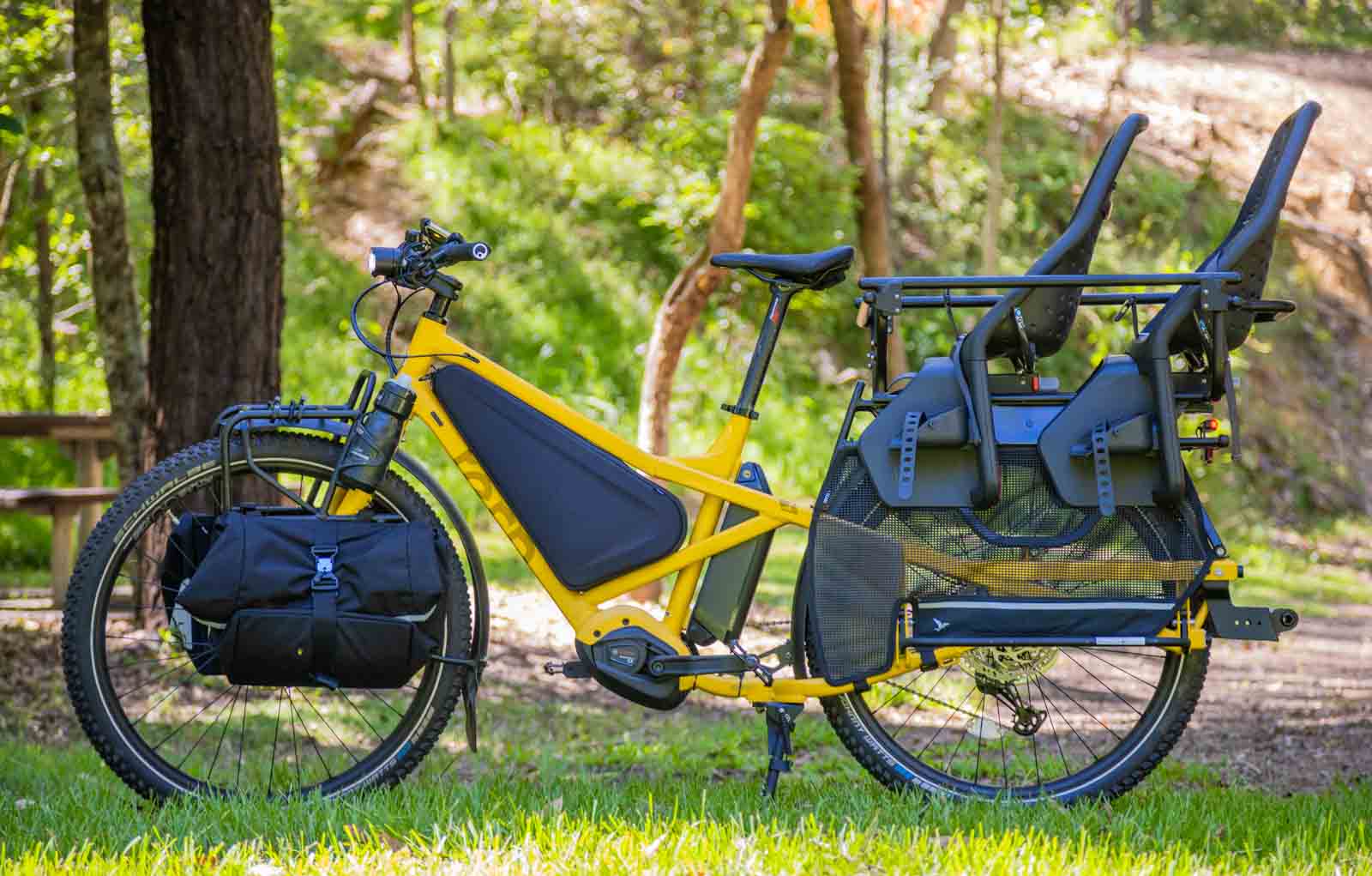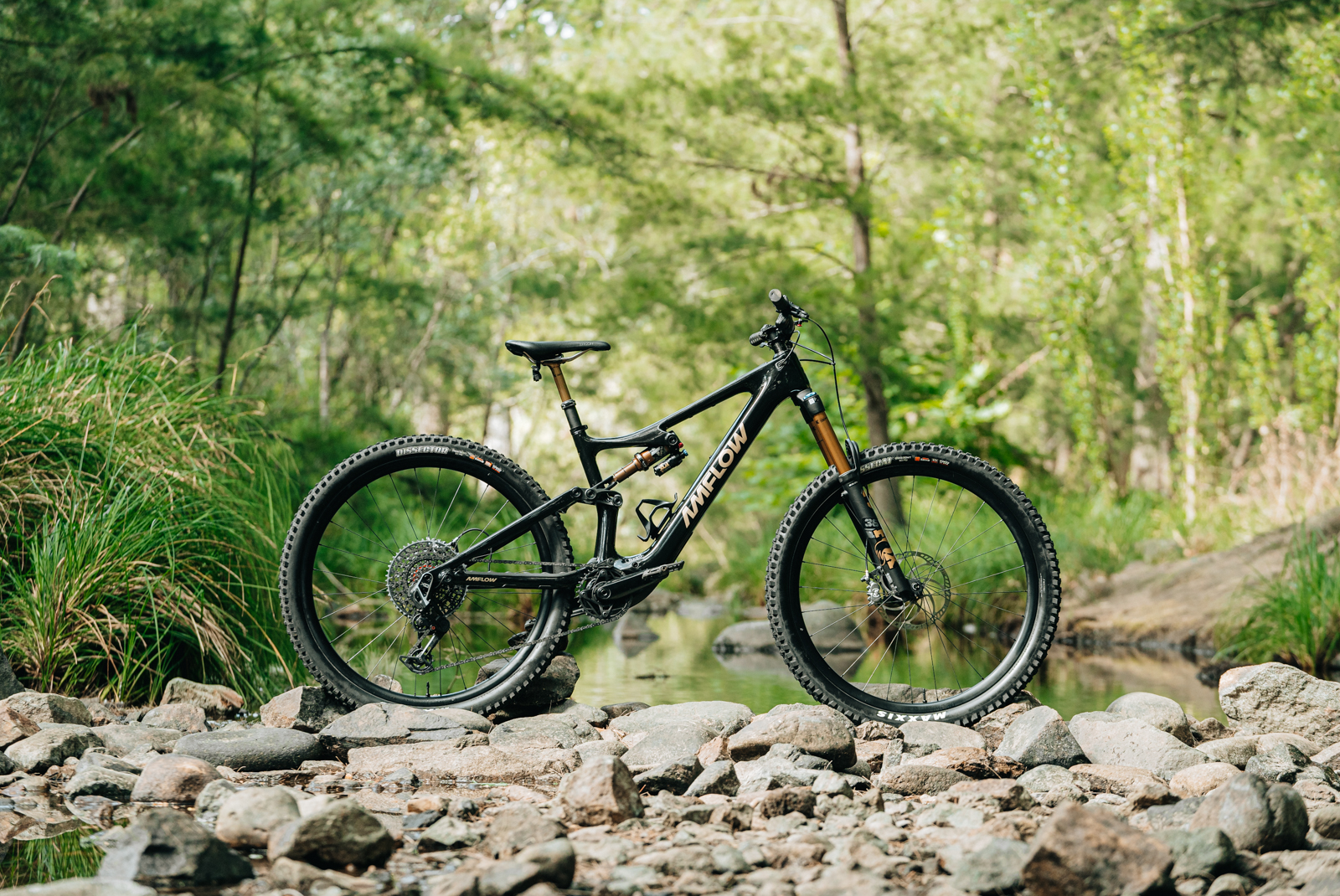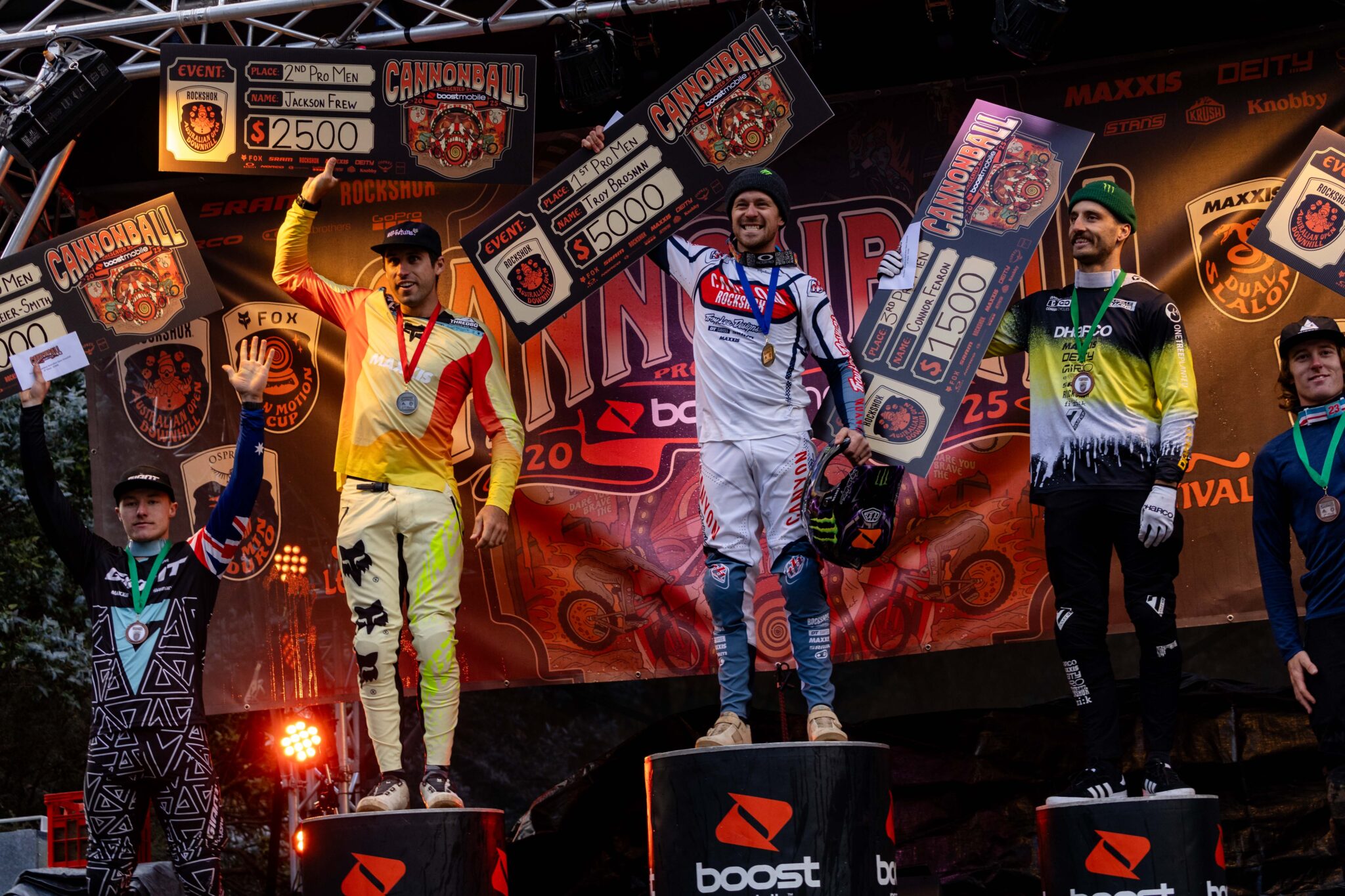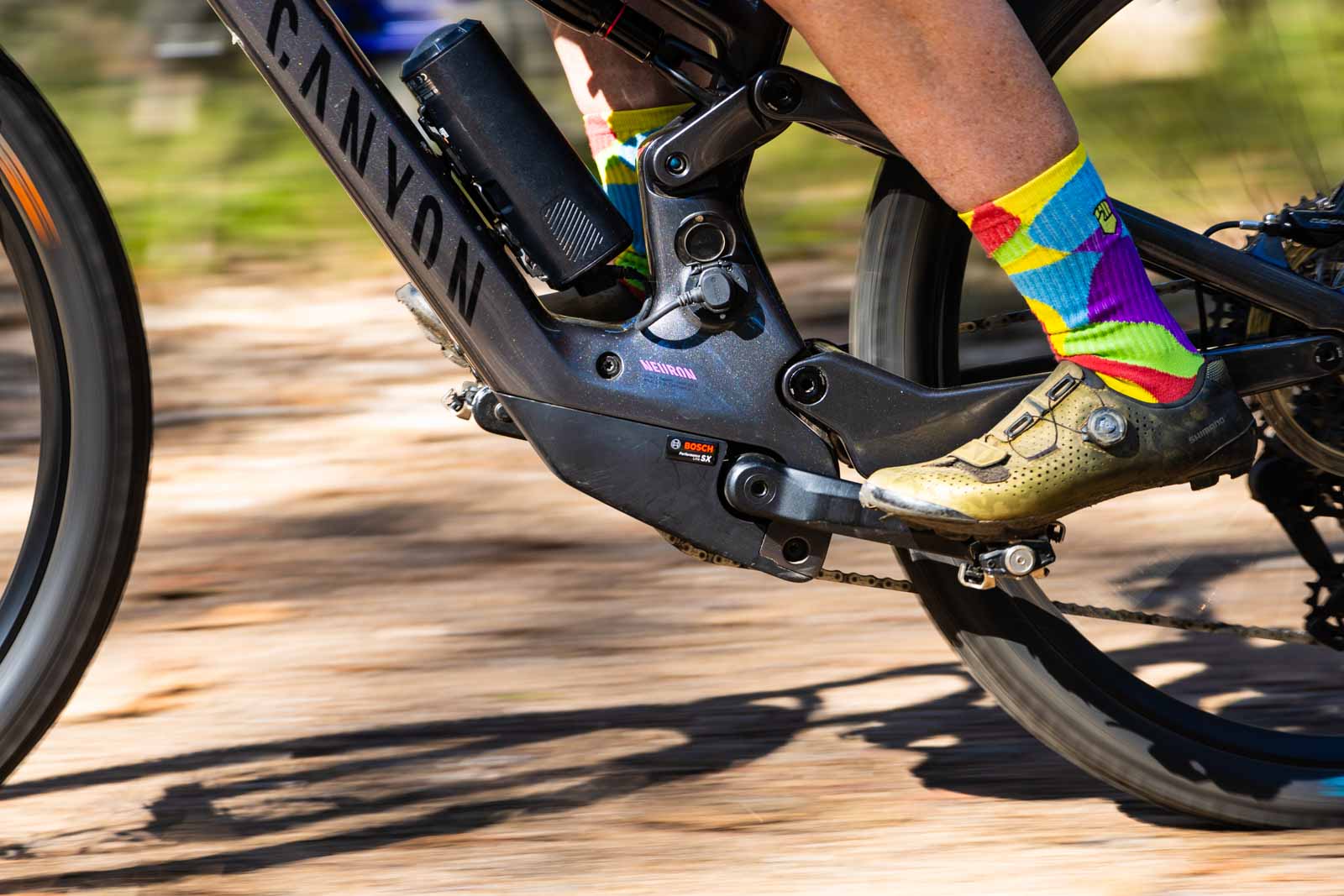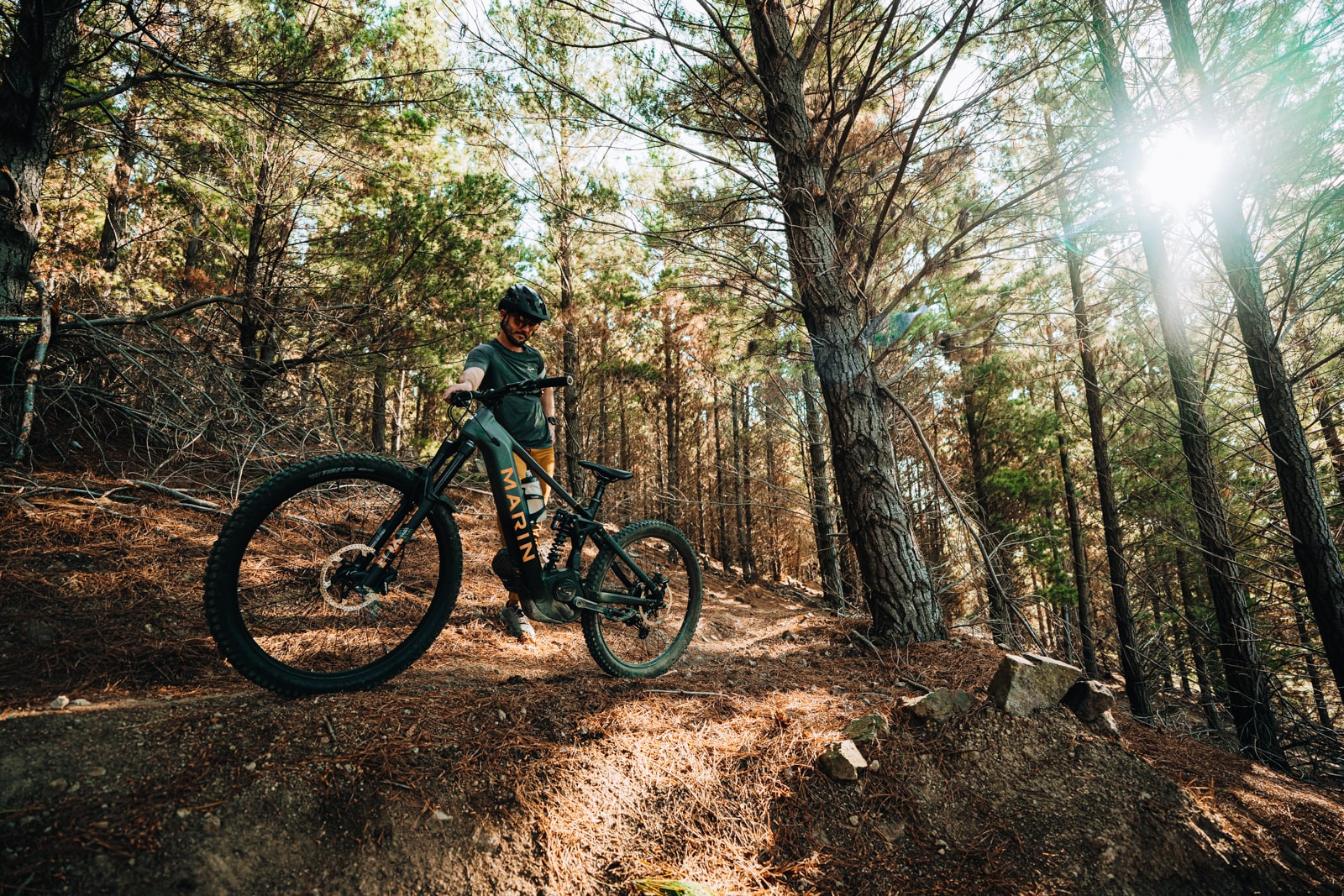TESTED: 2023 Whyte T-160S trail bike
Whyte's T-160S is ready to rip as a trail 29er that bleeds capability and long term durability.
Hailing from the United Kingdom, Whyte Bikes have set the benchmark for making weatherproof bikes for years. They're also known as pioneers of the longer, lower, slacker trend of bike geometry. The British bike whizzes started designing their bikes that way over a decade ago – because it worked. For any Whyte bike we have tested here at AMB, we have always been impressed with the build quality of Whyte frames, which have bearings so well sealed that they cover them with a lifetime warranty! But the handling and balanced design is what always wins us over.
Tester: Ben (Moshy) Morrison
Photos: Nick Waygood
Riding Experience: 20+ years racing many forms of mountain bikes around the globe.
Generally Rides: Trek Slash 9.9
Height: 177cm
Weight: 77kg
Bike Test Tracks: Majura Pines, Stromlo Forest Park, ANU Bike Park
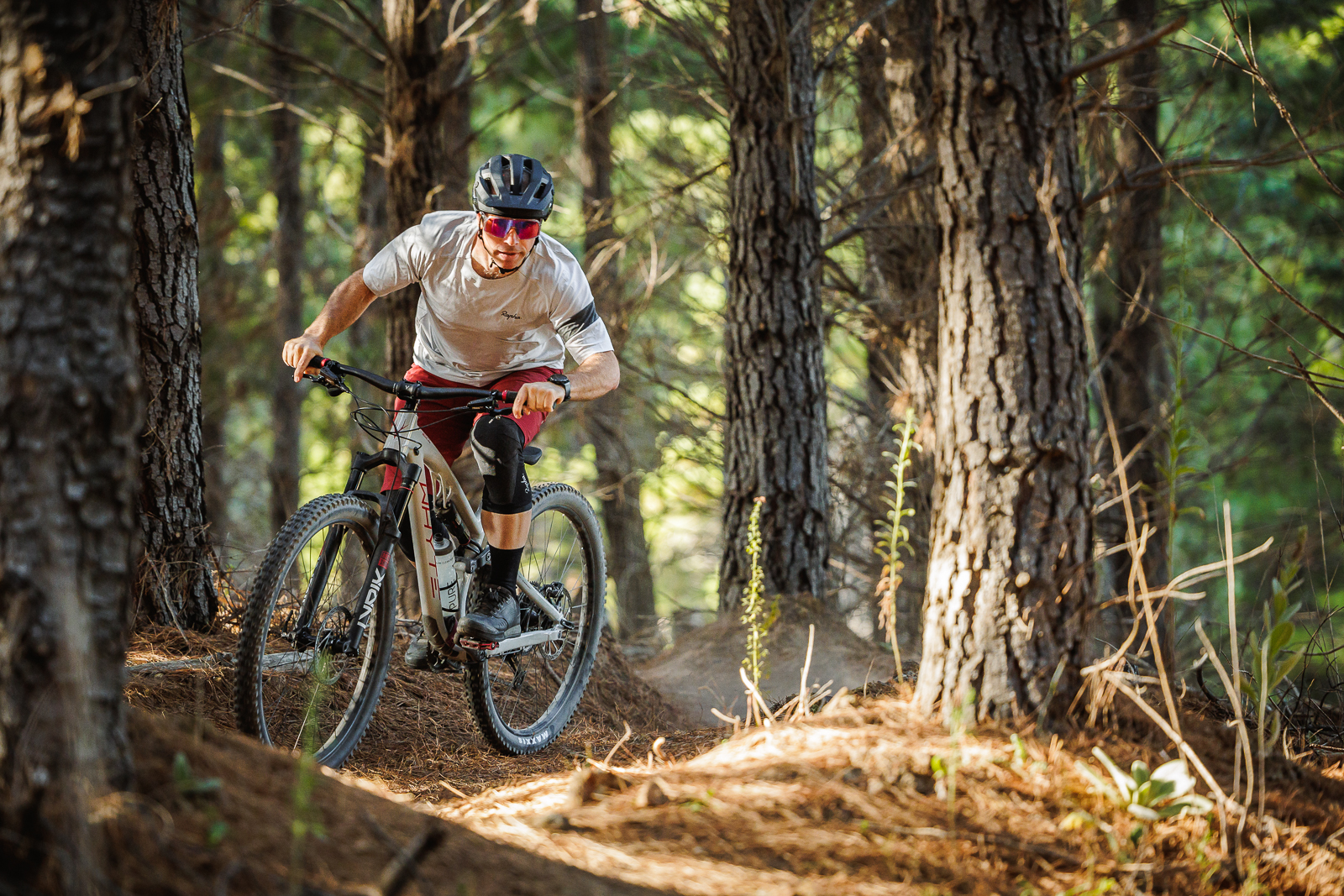
First Impressions
Whyte’s T-160S continues on the past success of its smaller sibling the T-140. Like all of Whyte’s current full suspension line up, it is using a full alloy frame. However the T-160S's hydroformed alloy frame set could easily be mistaken for carbon at first glance with its nice smooth welds around the head tube. Features like internal cable routing, rubber armour on the down tube and a nice soft chain stay protector tick the modern inclusions box. At first glance, there are many similarities between the T-160S and the Specialized Stumpjumper Evo I recently reviewed, including a Horst link and the cable routing, as it leaves the main frame and goes under the bottom bracket and on to the chain stays.
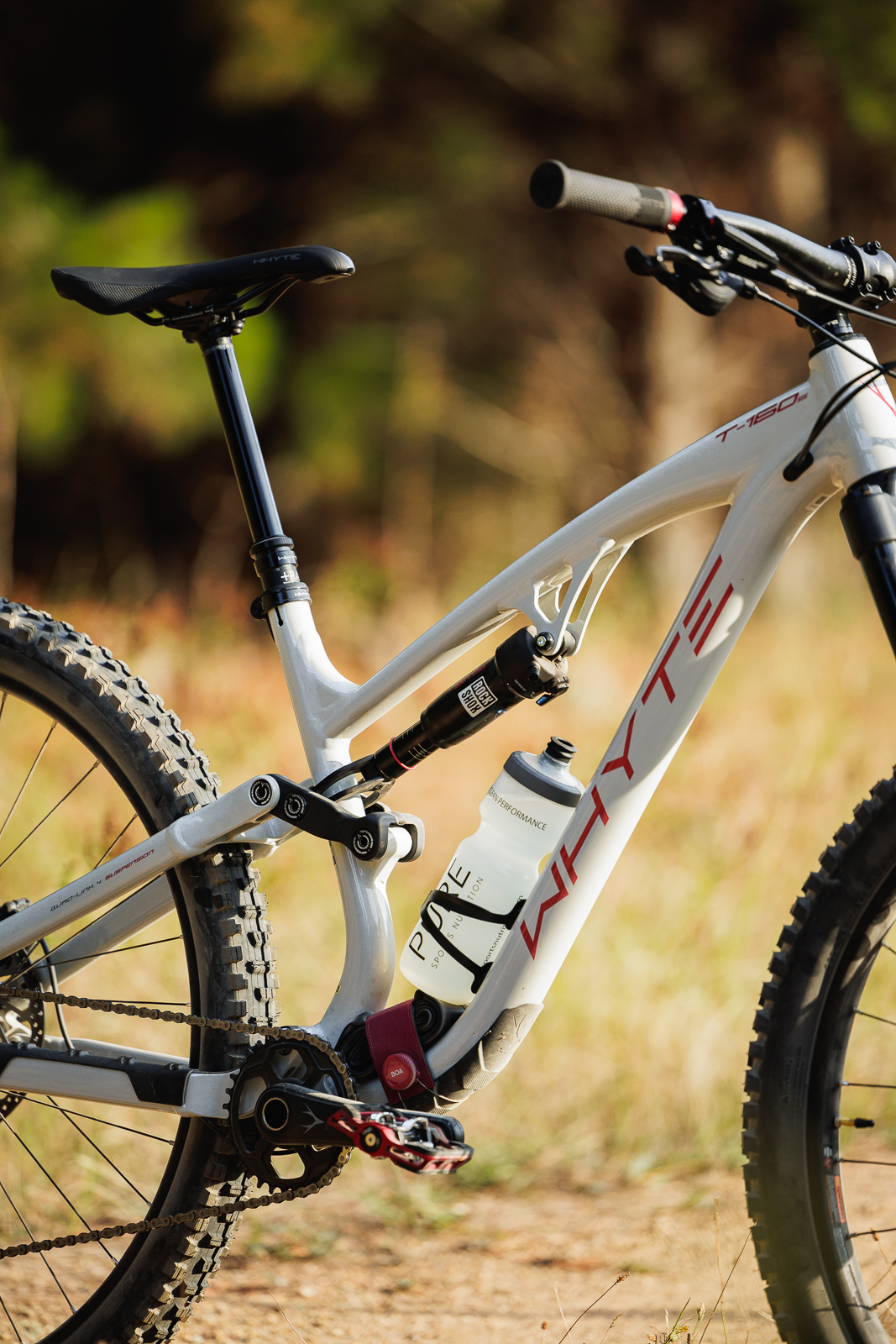
Whyte geometry has always been on the front foot. The Whyte G-170 I reviewed a few years ago was one of the longest bikes getting around at the time and would likely still be modern when looking at the numbers some brands use. The Whyte T-160S has a 64.7 degree head angle and 75.1 degree seat angle, with a 450mm reach in my medium test bike. The T-160S isn’t out there trying to reinvent things – but the result works.
Geometry adjustment for things like head angle and bottom bracket height are done using Whyte's Shape It Link which runs an offset shock insert. It’s more of a do it at home adjustment as you don’t want to lose that offset bushing, but it is a simple process so a car park adjustment should be totally safe. Once moving to the lower setting, it really opened things up and the T-160S was left in this position because there were no negatives coming from it. This changes the head angle to 64.1 degrees and drops the bottom bracket height by 8mm.
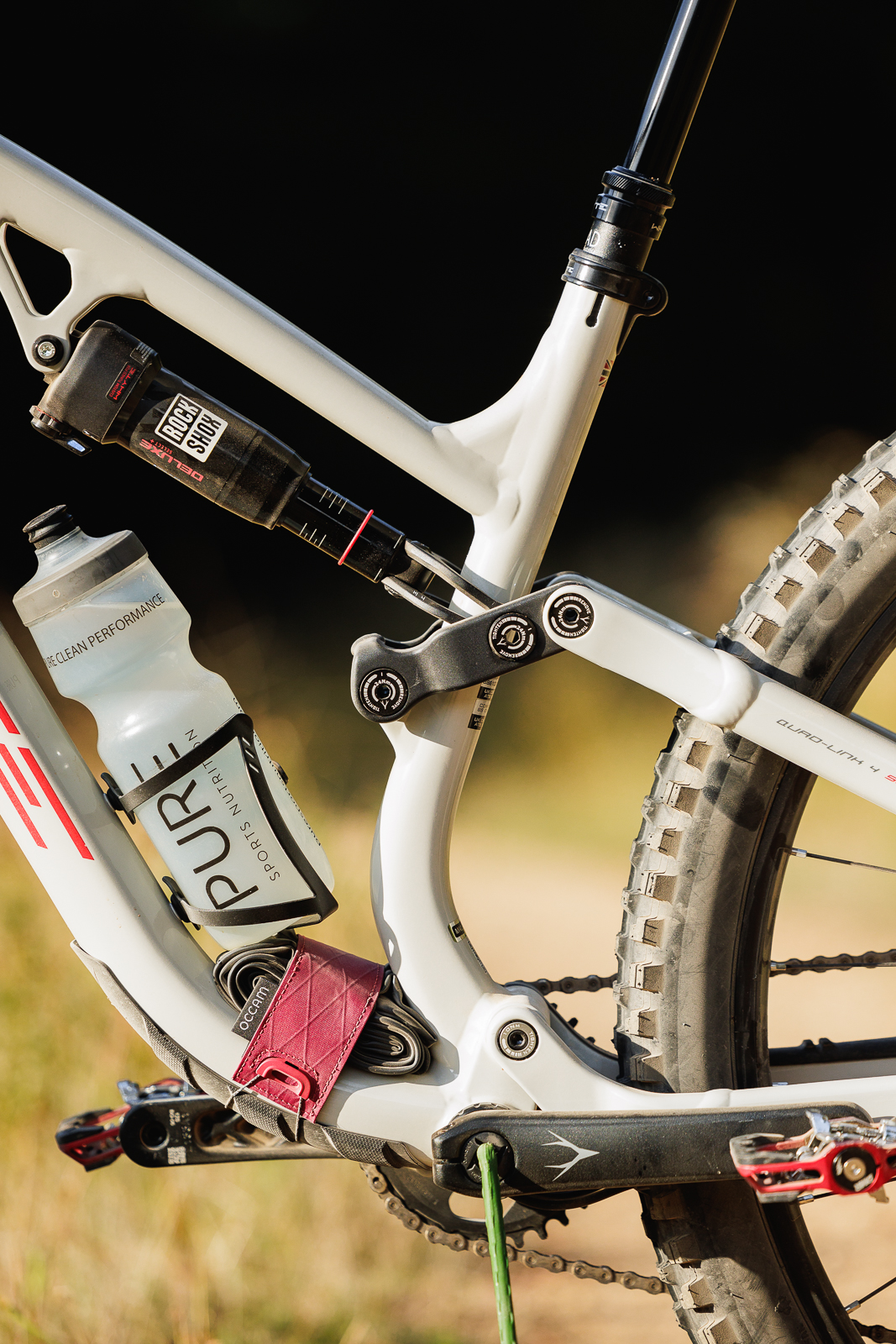
Whyte has given you loads of standover height on this frame and are using their in-house ‘Drop It’ post which has 170mm drop on a medium frame and a range of adjustments that allows you to reduce travel in 10mm increments up to a total of a 30mm reduction. In this same area you see the first of Whyte’s custom items designed around keeping the weather out and you riding. This is a neat rubber cover where the seat post enters the frame to keep out dirt and water out which is very cool!
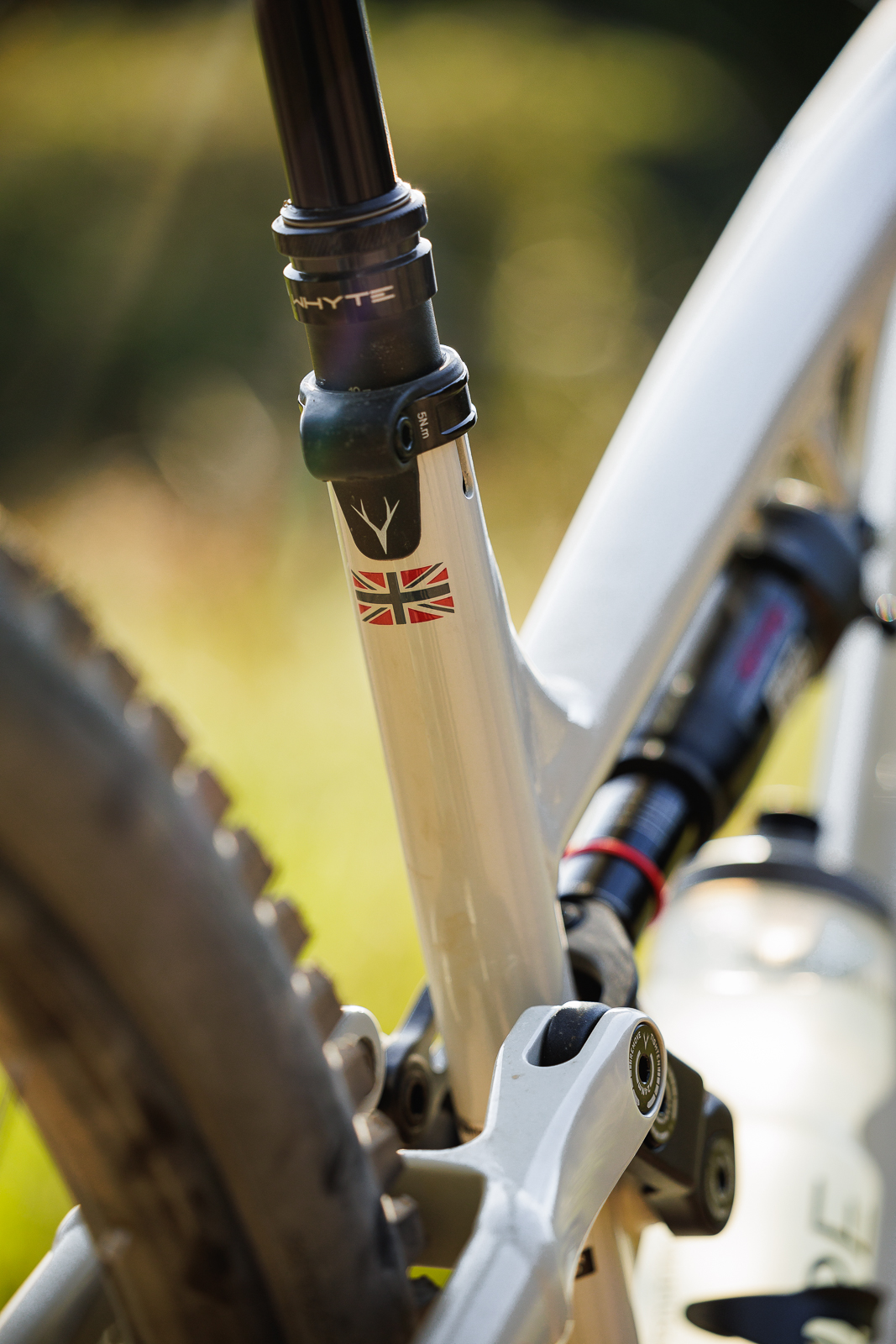
Braking is looked after by a set of 4 piston TRP trail Evo brakes. This is my first time on a set of TRP brakes and after setting them up I had high hopes out on the trails after experiencing an excellent shop feel. The shifting is looked after by Shimano with a fresh 12-speed Deore shifter and rear mech attached to a universal derailleur hanger (UDH), working alongside a Sunrace 11-50t cassette and the in-house Whyte direct mount crank set.
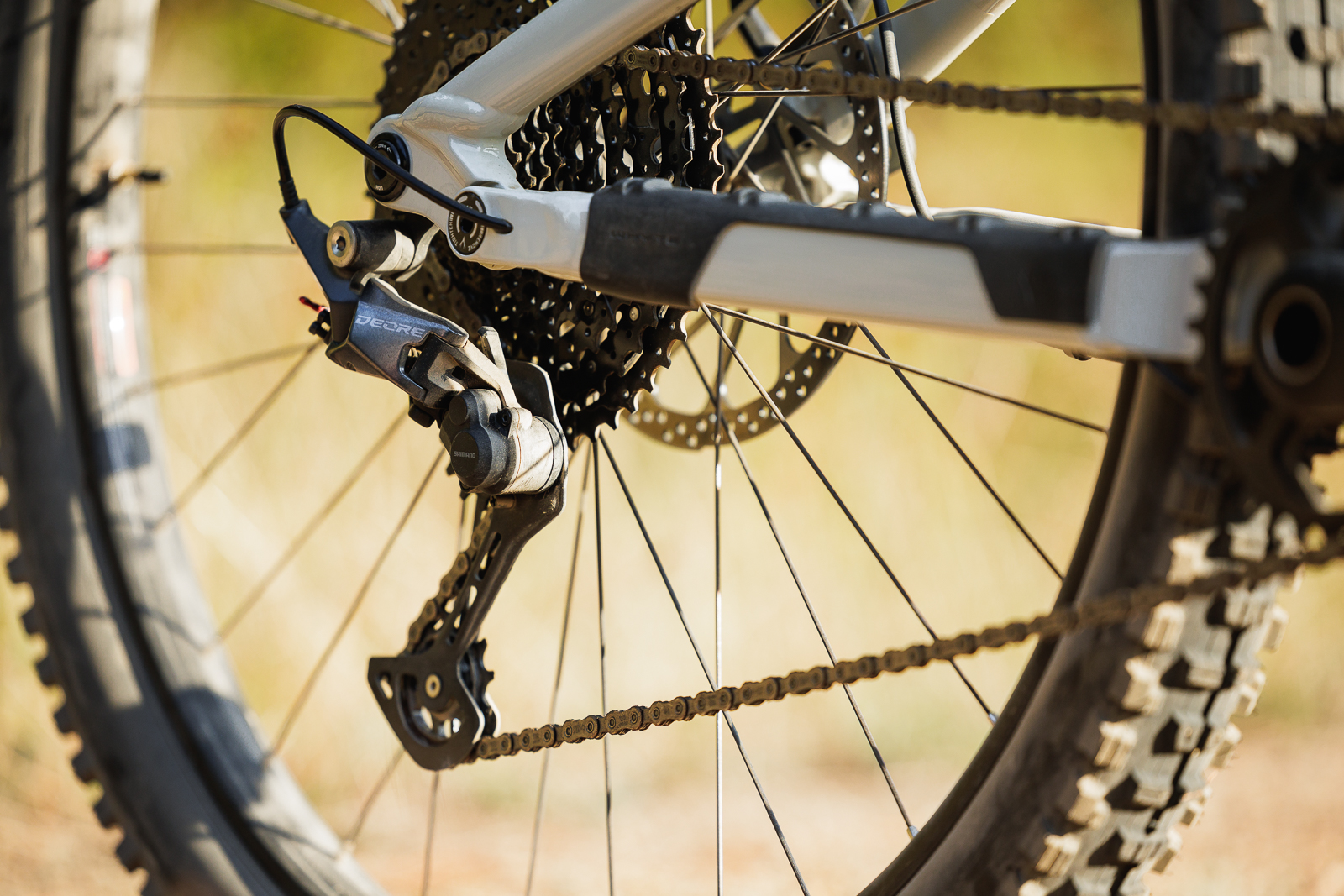
The T-160S uses a 160mm fork and this is where the T-160S name comes from, all while the frame has 150mm travel. The RockShox Lyrik Select RC does feel a little out of its depth due to a lack of adjustment over other models in the Lyrik range. But if you take a second to think that this was the benchmark of forks in the 160mm category a few years go you realise it’s actually a really good fork and that some of us are just a bit snobby.
Whyte use a RockShox Super Deluxe Select + to gain 150mm travel in the back. This unit is custom tuned for Whyte and the T160 which shows! I set it up with my go to sag of 30% for longer legged bikes.
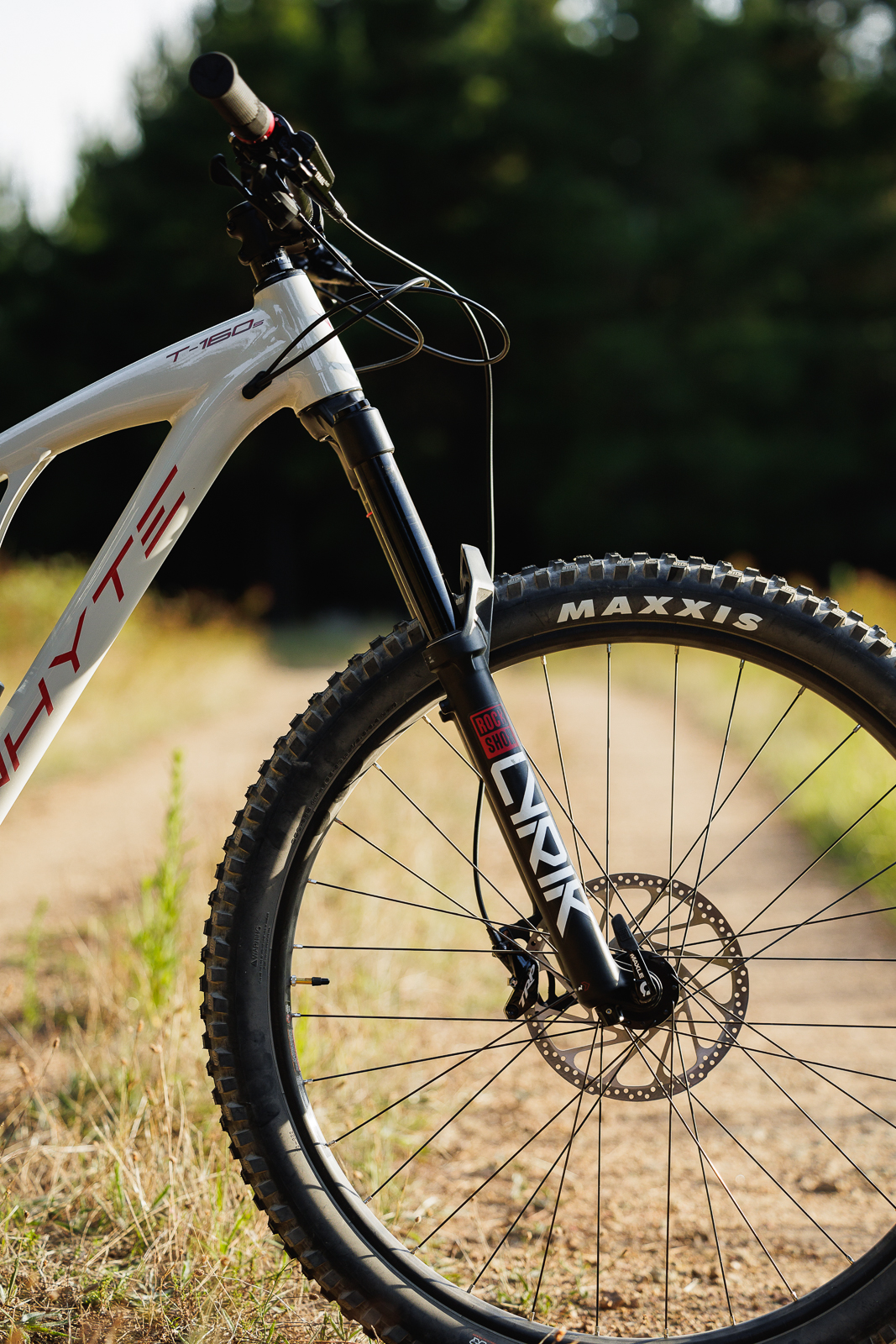
On the trail
Whyte state that the T-160S is all about 'easy climbing, epic descending', and so that's what I wanted to test it against. The T series is aimed at trail riding, and a 160/150mm travel trail 29er sure is a versatile bike, but this is also a pretty competitive field. When climbing I spent a fair bit of time looking down to see if the linkage was moving as the climbing efficiency of the T-160 is outstanding even without use of a lockout. The T-160S climbs like it has much less travel and when the compression of the Lyrik is dialled up, and the lockout on the Deluxe Select + is actually used, there is no fire road climb that’s too long.
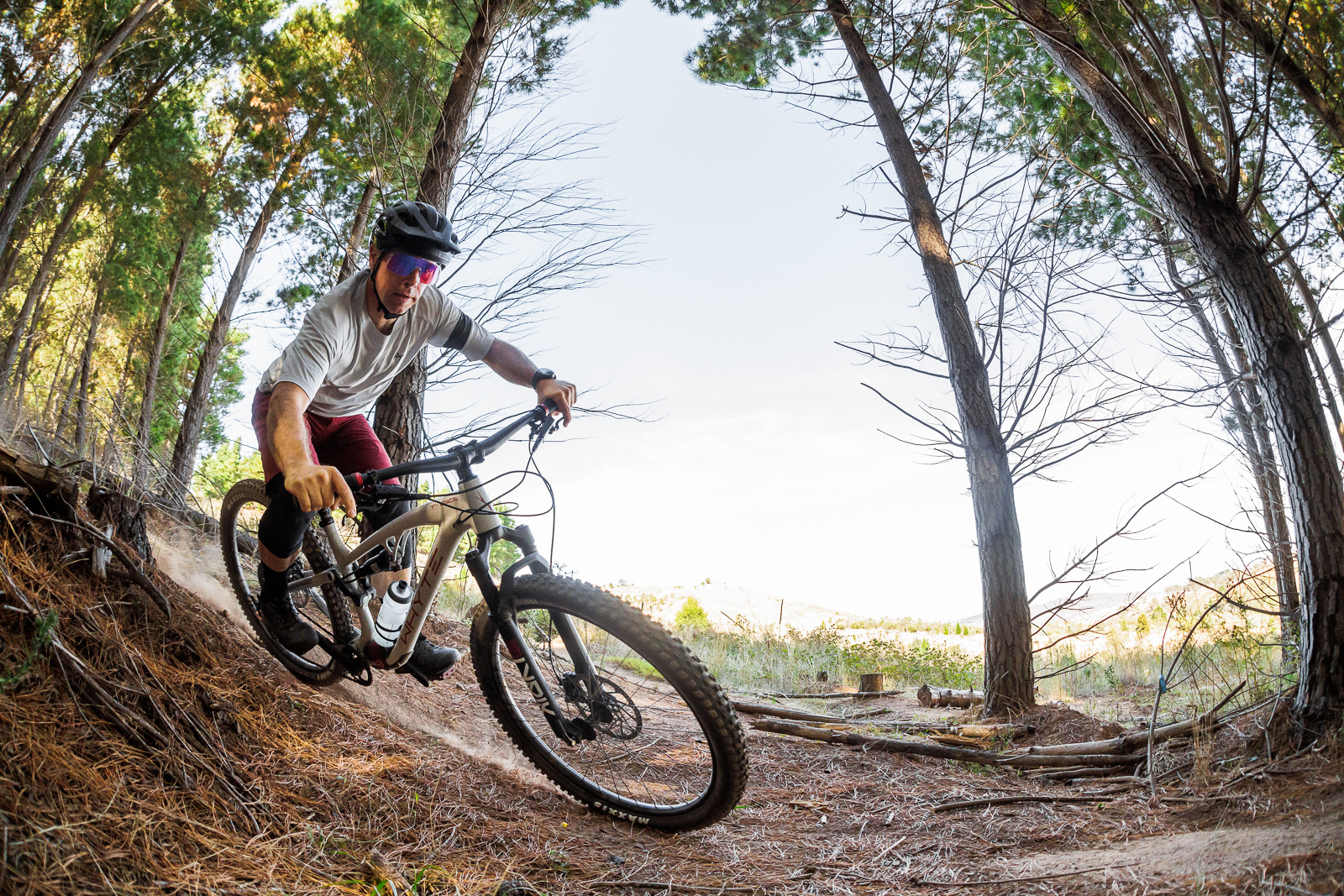
Looking back at the Deluxe Select +, the way it worked with the Horst link style suspension was outstanding. Grip was always there when you needed it and even the harshest bottom outs were taken off with only minor feedback coming through to the rider. The shock performs like it has a few more bells and whistles than it does. It must be said that when bike brands go to the effort of a custom tune so a bike works the way it was designed to work, not just as good as they can get it, the bike will stand out from the crowd.
When it comes time to descend, the Whyte holds no surprises. It's long, has the right numbers for head angle and reach, and takes just about anything in its stride. The suspension is well-balanced and takes large hits with no harsh bottom outs. From big hits through to loading up the bike into corners, it responds as you'd expect – direct and wanting more. It's a long travel trail bike baller, that will get you to the top and is ready to press Send on the way down.
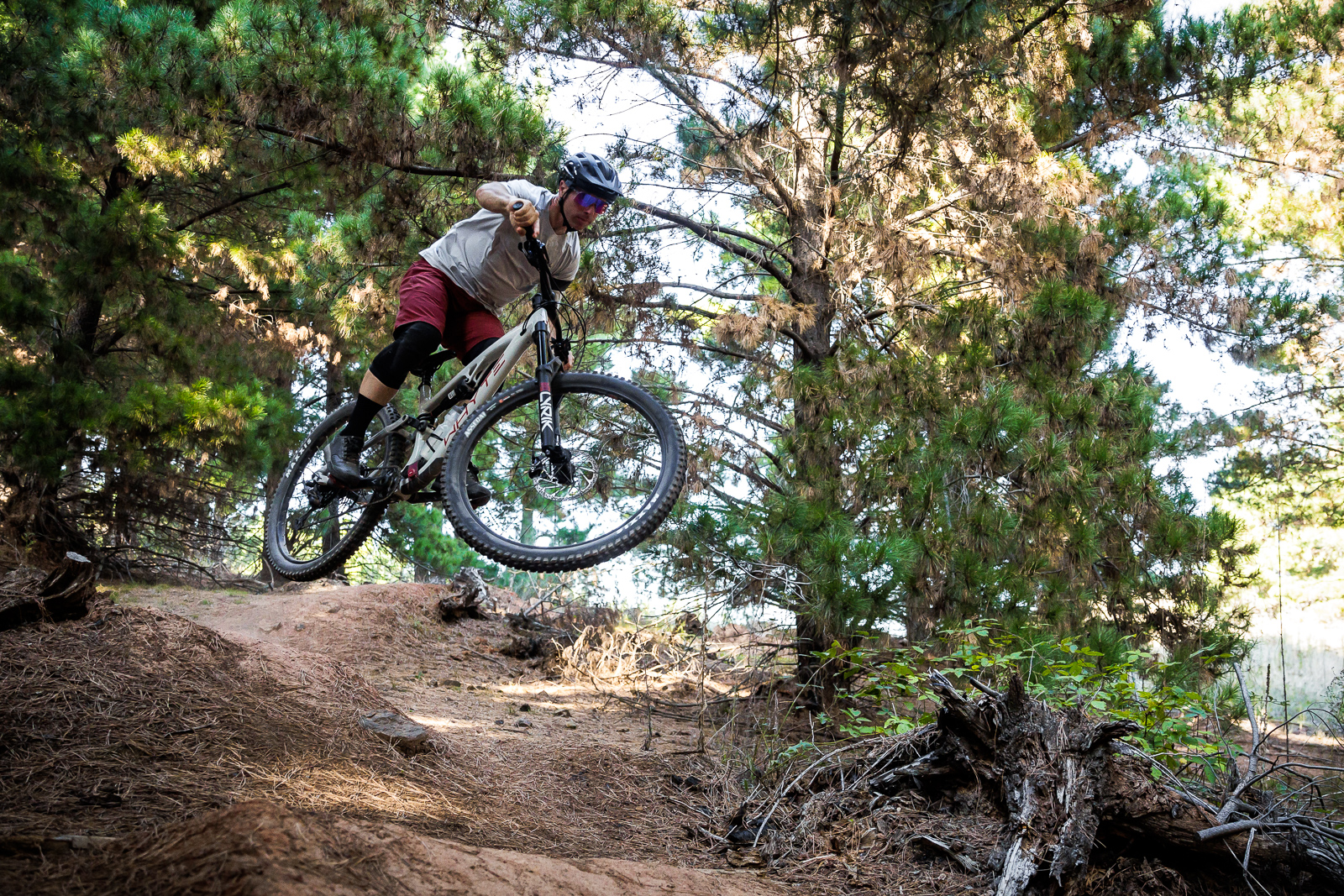
Despite the slacker geometry setting, there was never a question of front-end grip. The front wheel tracked as it should and the Lyrik worked hard to keep the tyre stuck to the ground. If you remove the fact there are newer, fancier dampers out there, the only gripe I had with the Lyrik is an air sucking sound you hear on very fast mid travel hits. It’s not uncommon for a fork but I think it is time this was addressed especially for nice bikes at the 5k price point!
Perhaps one of the contributing facts around the grip was the use of a pair of Maxxis tyres with a High Roller II out back and an Assegai up front, both with the EXO casing and Maxx Terra compound (which I did not flat at all during the test). These sit on a set of WTB rims with Whyte sealed bearing hubs connecting them to the bike and the front hub using a set of Torq caps to create a 20mm contact point, stiffening the forks more than the normal 15mm found on most hubs. The confidence in front end grip is a big part of the capability of the Whyte T-160 – it feels sure-footed and direct.
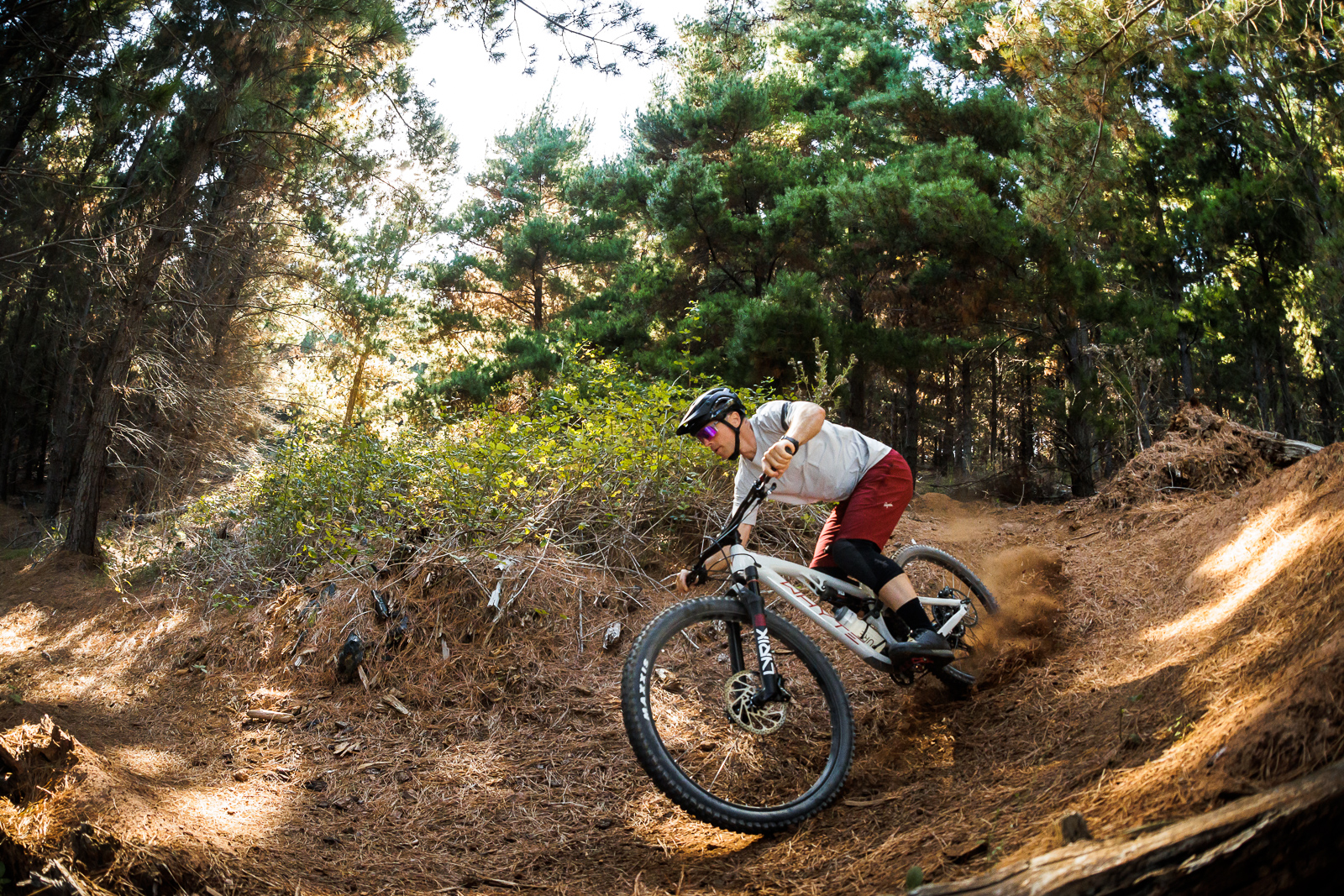
One area I found a little lacking was the brakes. While the TRP brakes are 4-piston with big 203mm rotors and sintered pads, I didn't get the performance I expected. After performing the normal bed in process used for many other brands, I still found that there was no grab from the pads, the feel was like the pads and rotor had glazed over. The sintered pad in the Trail Evo brakes should bed in by at least 3 rides and start to show signs of increased power, especially with the 203mm rotors. Several rides later it was found that once the Trail Evo brakes started to get some heat in them, the power started to show. But at the start of every ride the brakes feel like they need bedding in. Perhaps this will change over time.

The shifting was as expected; totally flawless during our time with the T-160S and pretty much zero adjustment was needed. I had my doubts about the Sunrace cassette, but it proved them wrong. All of the Whyte in house parts have a nice feel, from the bars, to the cranks and the Drop It adjustable dropper post. They were really nice to use and well thought out.
Our take
The Whyte T-160S is a bit of a wolf in sheep’s clothing and you can’t just make assumptions about this bike. Being from the UK, Whyte have made double sure anywhere water can get in has been engineered to make sure it can’t. Whyte state that it's a capable climber to rip the descents and this bike climbs really well, and it’s got the fun parts covered too. Yes, it’s a 160/150mm travel bike but it only rides like that when it needs to. Bike park laps with berms and jumps are a playground for the T-160S and it feels right at home there. But if steep chunky rocky trails are more your thing, the T-160S has that covered too.
From the word go this was a bike that was easy to ride and did have me singing its praises, with its only short comings really being the brakes. I am 100% certain that with some other brakes (or different pads) like a set of Code R’s or Deore 4 pistons that there would be no downfalls for the T-160S. I hear you say what about frame storage? Well, the team at Whyte Australia have you covered with the addition (in Australia only) of the neat Occam Apex Race Strap system using a BOA closure. On top of that they include a top cap cover that will hold an Apple Air Tag (Air Tag not included) to make sure you always know where the fun is being had! This is a lot of bike for $5000, and one truly worth speaking with your local Whyte dealer about.
Brand: Whyte
Model: T-160S
RRP: $4999.00
Weight: 16.4kg
From: Carbuta Pty Ltd
Available Sizes: M, L (tested), XL
Frame: 6061 Alloy, SCR Aluminium
Fork: RockShox Lyrik Select RC160mm travel
Shock: RockShox Deluxe Select +
Shifter: Shimano Deore 12sp
Derailleur: Shimano Deore 12sp
Crank: Whyte Alloy
Bottom bracket: FSA
Chain: Shimano SLX 12sp
Cassette: Sunrace 12-speed, 11-51t
Rotors: TRP 203mm
Hubs: Whyte Alloy, Double Sealed Cartridge Bearings
Spokes: DT Swiss
Rims: WTB ST i30 TCS 2.0, 32h
Tyres: Maxxis Assegai / Minion DHR II
Brakes: TRP Trail EVO, 4 Piston, Sintered Pads
Stem: Whyte Gravity Stem, 35mm
Handlebars: Whyte Custom 6061 Alloy, 30mm rise, 780mm
Seatpost: Whyte Drop it Post II, 30.9mm, M/L 140-170mm
Saddle: Whyte Custom, Dual Density, Triple Panel Design
